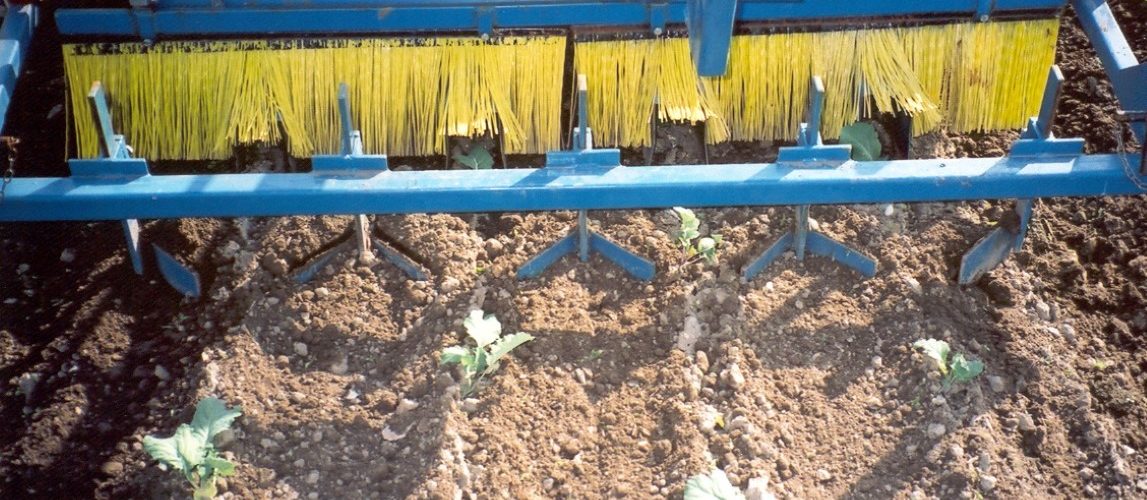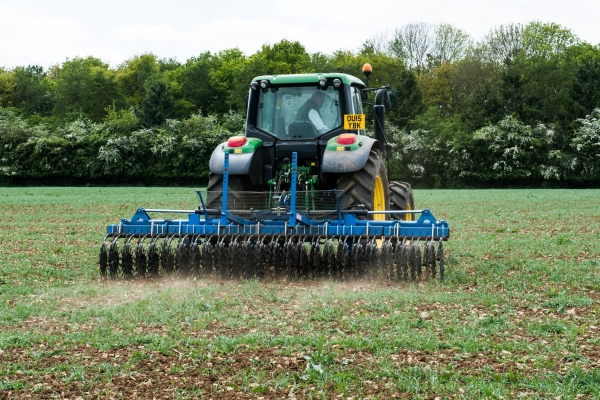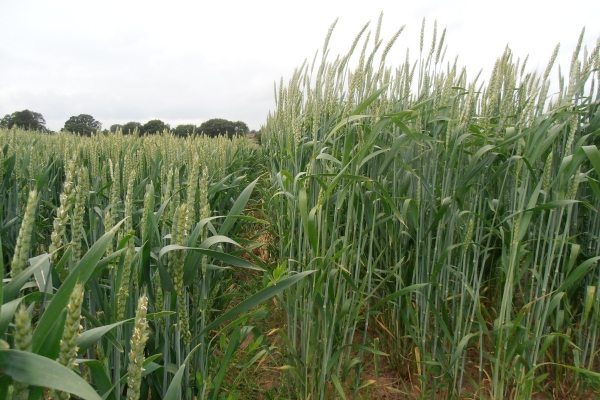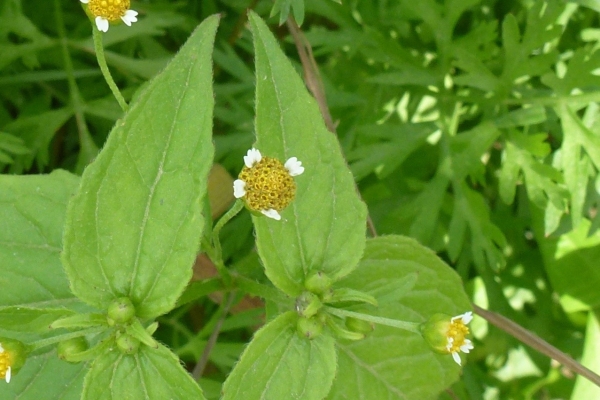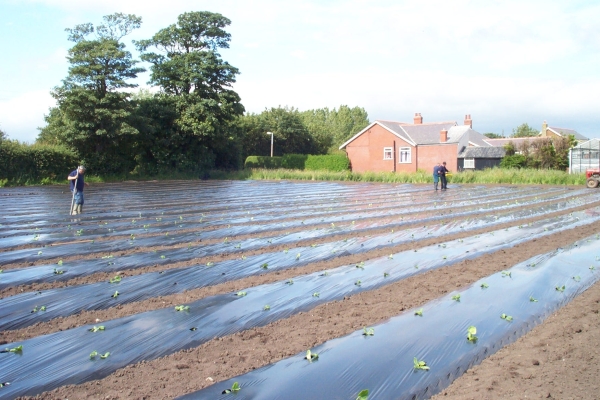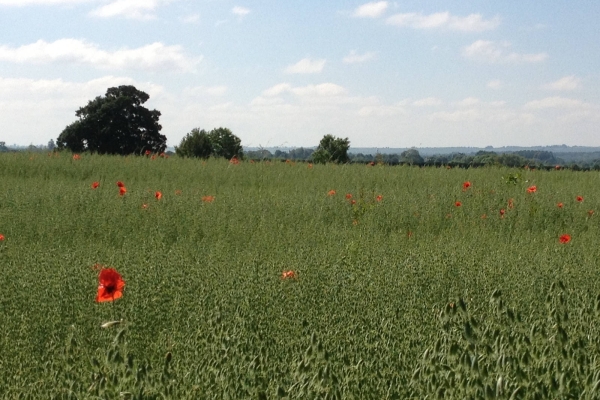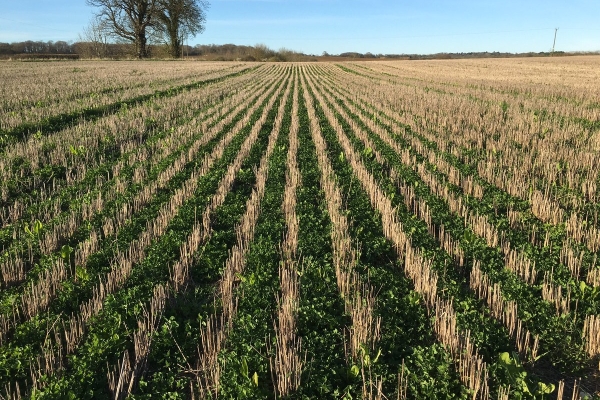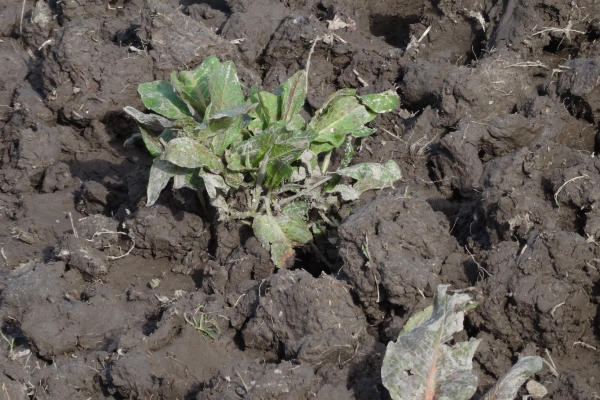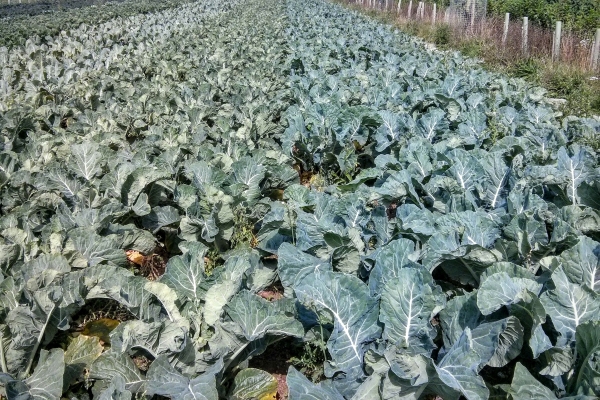Mini-ridgers: Lethal burial depth for controlling intrarow weeds
Resource explained
This is a useful report from the Future Farming Centre in New Zealand on the use of ‘mini-ridgers’ for control of intrarow weeds. This report expains what mini-ridgers are, how they work and critical design criteria. The pros and cons of the technique are discussed. The bulk of the report details the research undertaken by the Future Farming Centre over three years to determine the minimum lethal burial depths of weeds. Author Charles Merfield (Merf) states that “With the advances in inter-row weeders over the last few decades, from push hoes, to monster-sized field machines, control of inter-row weeds is now pretty straightforward, as long as the weather lets you onto the field. The final frontier of mechanical weeding is the intra-row, and particularly the ‘close-to-crop-plant’ weeds that, from day one, exert the largest amount of competition.”
Findings & recommendations
- Mini-ridgers stop weeds getting sunlight, so the weeds die of starvation. This differs from all other physical weeders that kill weeds through a mixture of severing, uprooting and burial – ridging kills entirely by burial.
- Mini-ridgers don’t require hot dry weather to be effective. They can consistently achieve close to 100% weed control, including the most critical close-to-crop plant weeds.
- The technique is simple, inexpensive, and can work across a full range of soil types and conditions, including stony and rough tilths.
- The weeds must be covered by 1 cm or more of soil to ensure a high mortality rate
- The crop must extend 2 cm or higher than the top of the ridge to ensure high survival rate
- There must be a 3 cm height difference between weeds and crop
- Where lower mortality rates are acceptable, burial at 0 cm and -1 cm will achieve some weed mortality
For successful implementation in the field:
Explore the resource to find out more
